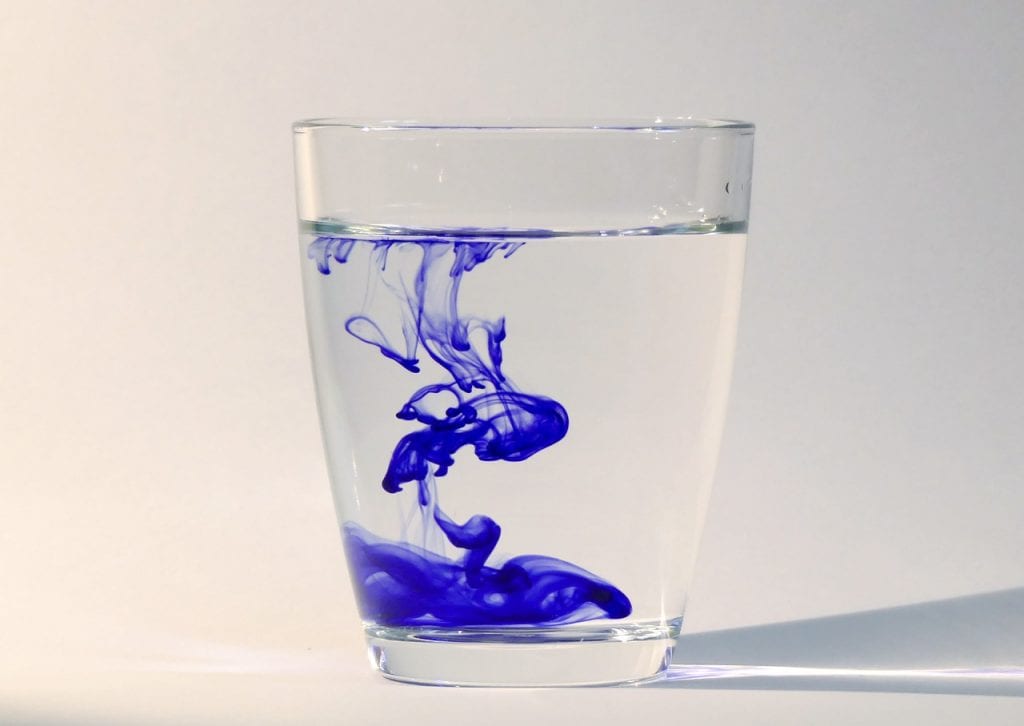The planet earth is not devoid of the color blue. Starting from the color of the ocean to the sky, you may also possess a few blue outfits. However, this popular color was not always so popular or common. The history and science of blue are quite surprising.
Blue as a color
The human experience is incomplete without sight. So, the notion of color and sight are incomplete without one another. However, it appears that there was a time when colors did not have the kind of importance in the lives of human beings as they are today. Historians have come across several bizarre color descriptions while browsing through Greek texts.
For instance, Homer makes innumerable references to colors such as black and white in the Odyssey. However, colors such as yellow and red appear quite rarely. You will be surprised to note that the blue color was not even mentioned once, but descriptions such as “wine-dark” for describing blue objects like the sea, were more common.
When historians dug a little deep into the history of color, they inferred that the blue color was nonexistent in the Greek era. The color was hardly differentiated from neutral hues such as dark, light, and white. No matter how many ancient Greek texts you go through, you will not come across a reference to the blue color.
As English developed as a language, the color blue took a backseat as compared to many other colors. It is imperative to note the first colors to appear in the English language and in most other languages that are black and white. Thereafter, there was mention of colors such as blood, the color of wine, and red. These were followed by other colors yellow and green. So, blue was the last color to appear.
Many scientists are of the view that mankind started to comprehend blue as a distinct color after they began to make blue pigments. If you look at any cave painting dating back to 20,000 years ago, you would not see the color blue in them. The reason for this is the color blue is hardly available in nature. It was around 6,000 years ago when humans started developing blue colorants.
When was the color blue invented and how is it made?
Scientists typically opine that mankind started comprehending blue as a distinct shade after they learned how to make blue pigments. A semi-precious stone called Lapis, which was mined in Afghanistan, became extremely precious amid the Egyptians.

They fell in love with the mineral’s dazzling blue color. Egyptians took the help of chemistry for combining this rare mineral with several other ingredients like limestone and calcium. They picked up the art of generating many other blue pigments, which were saturated in nature. It was during this time when there was an emergence of a distinct word for blue in Egyptian.
Gradually, the Egyptians succeeded in spreading their blue dyes and pigments throughout the planet. They also passed these dyes to Romans, Mesoamericans, and Persians. However, these dyes were exorbitantly priced, and very few people could buy them. As such, the color blue remained a rare phenomenon for several centuries. However, it started gaining popularity and earned its name in different languages.
Could early human beings see blue objects?
When you look around you carefully, you will realize that nature does not have a blue color in abundance. Most people lack blue eyes, and blue flowers can be created only after the intervention of human beings. There are also a handful of blue animals on our planet. Blue jays and bluebirds can only be found in isolated locations.
While the sky is blue in color, the theory seems to insist that before mankind defined the color, they felt the sky was of a different color. Such a theory seems to be logical. When you do not describe the sky’s color to a kid and then ask them its color, you will find they are unable to describe the color properly.
Some children even respond by saying that it is white or colorless. It appears that only when one tells a child that the sky is blue, the latter starts recognizing it as blue in color.
Scientists say that human vision is remarkable as most people are able to see and comprehend around one million different colors. However, there is no proper clarity on whether the entire mankind perceives all these hues in the same manner.
However, there is proper evidence that human beings did not actually see blue objects and the color blue until modern times. Apart from the sky and large water bodies, there are not too many blue objects in nature.
As discussed previously, the Egyptians were the first people to have a name for the color blue. Egyptian culture was the sole culture, which could generate blue dyes. The awareness of the blue color started spreading all over the modern world through them.



